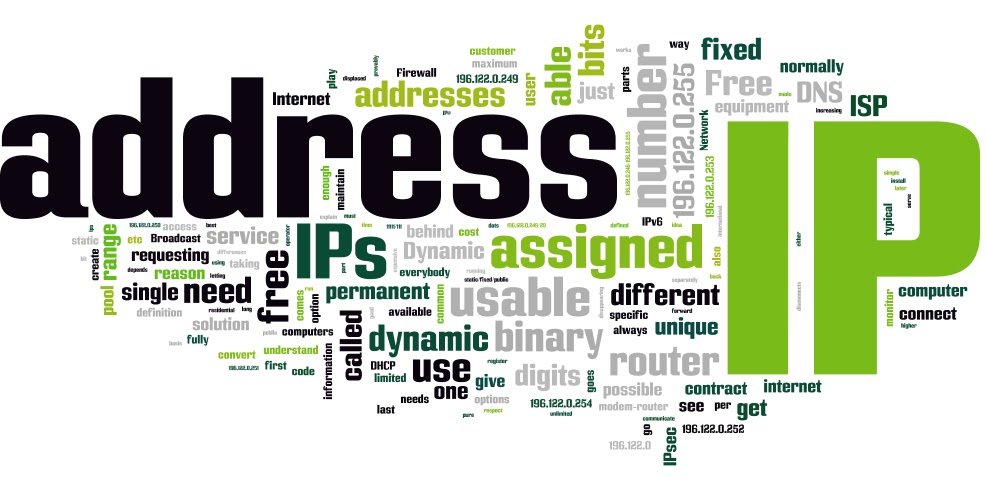

The “Authentication Settings” button allows you to provide the authentication you’ll need to connect-anything from a password or certificate file to RSA SecurID, Kerberos, or CryptoCard authentication. Scroll down for instructions for connecting to OpenVPN networks.Įnter the VPN server’s address, your username, and other settings. In our screenshots below, we're showing the efficacy in selecting a VPN server in various parts of the world using the PIA service app.Like other operating systems, macOS doesn’t include built-in support for OpenVPN networks. In most instances, you'll simply be required to install the application and enter your account credentials, and then you're up and running. Many VPN service providers like NordVPN, IPVanish, TunnelBear, ExpressVPN, and more, offer applications you can install, which will automatically set up your VPN settings and give you easy access to start/stop your VPN connection. How to connect to the VPN with your VPN provider's App You can check out the pros and cons here.Ĭlick Connect to start your VPN Connection.


Type in the Server Address that the VPN service provides you.Type in a Service Name that is easy to recognize when you want to connect.In our example, we are using L2TP over IPSec. Select the VPN Type provided by your VPN service provider.Click on the lock icon at the bottom left, then login, if applicable.Click on the Apple icon in the upper left corner of your Mac's screen.How to Connect to the VPN when no third party app is provided Either by using the macOS built-in networking framework or the VPN provider's connection application. There are two main ways of connecting to your VPN service provider.


 0 kommentar(er)
0 kommentar(er)
